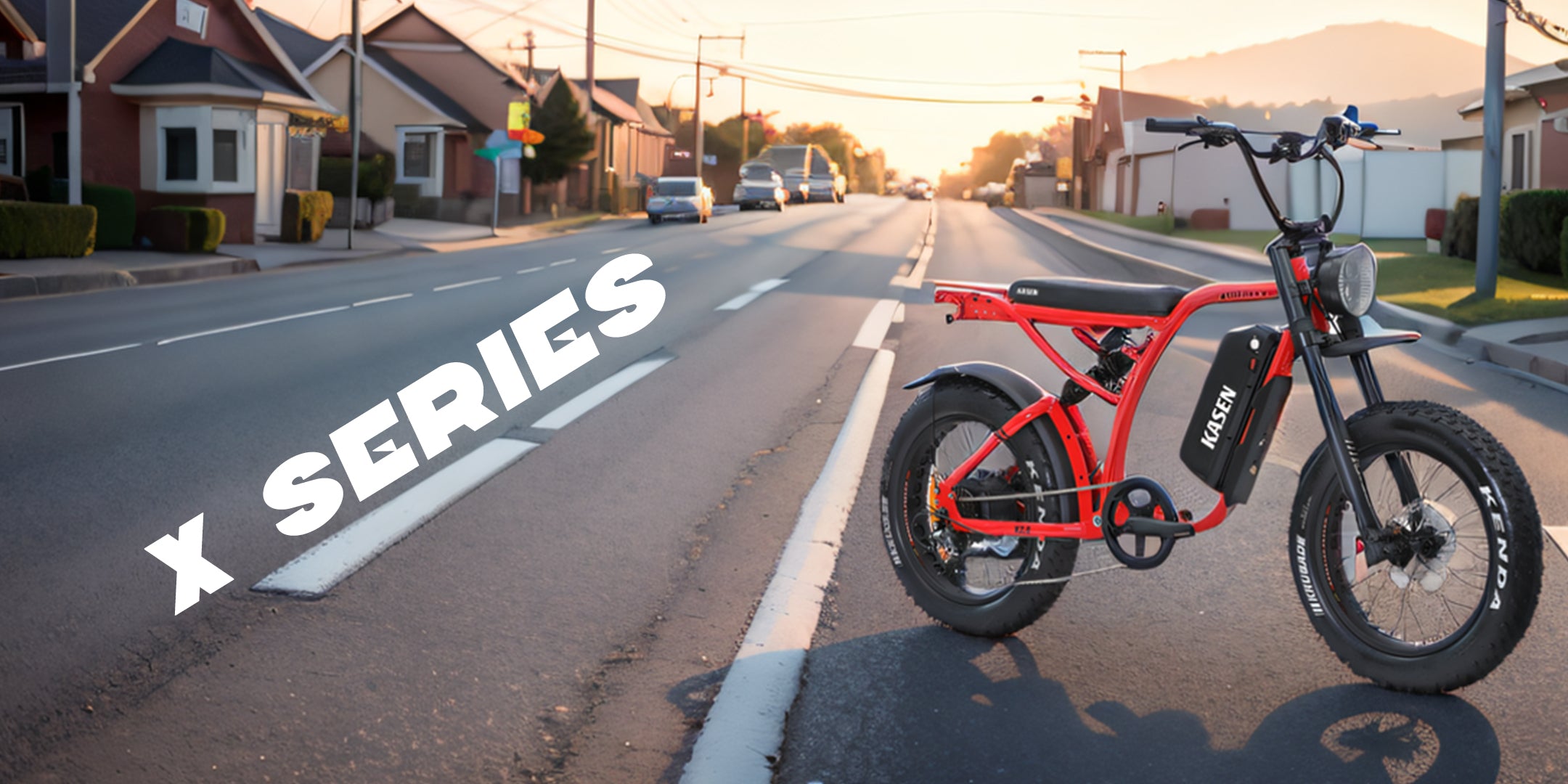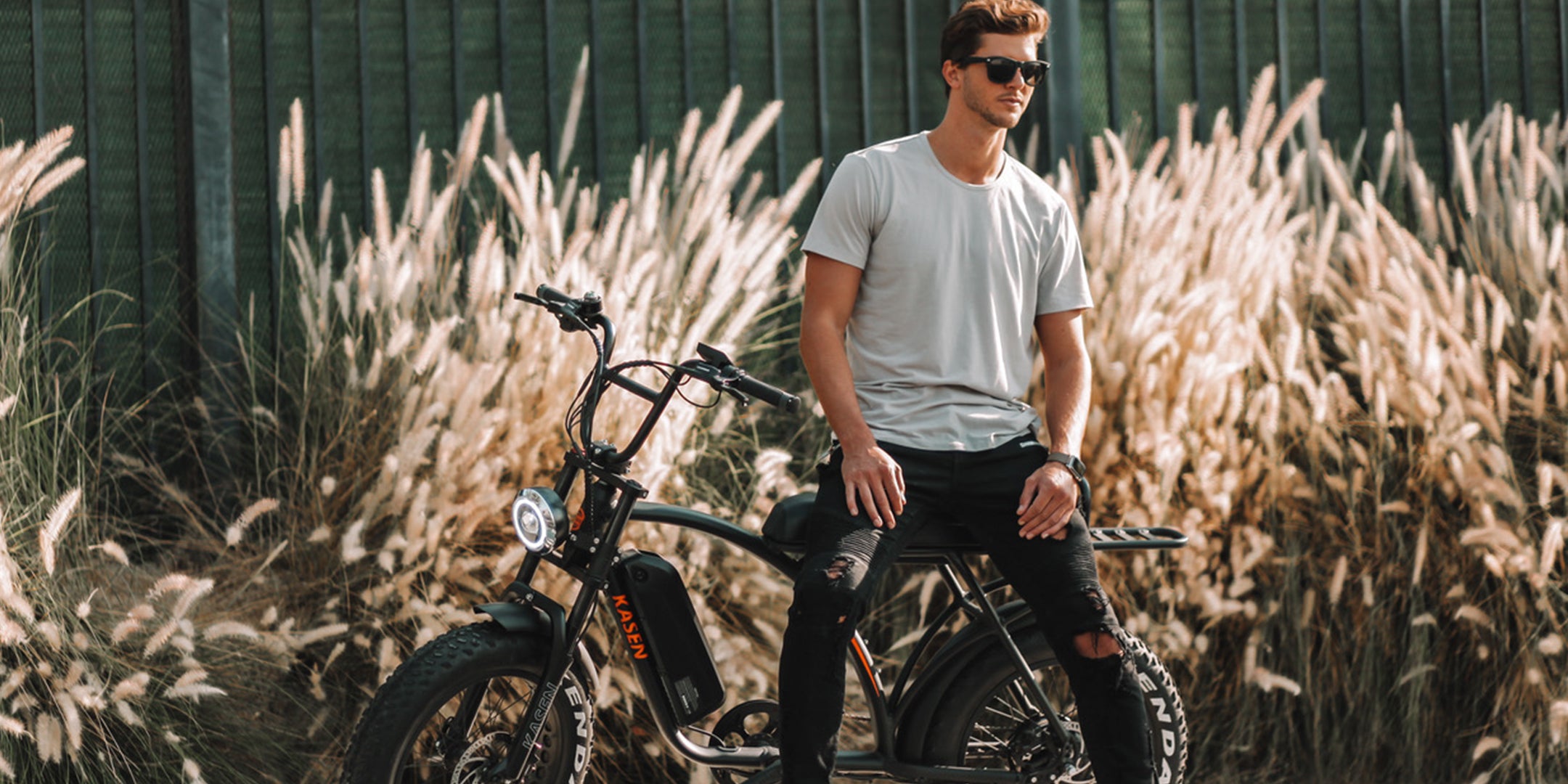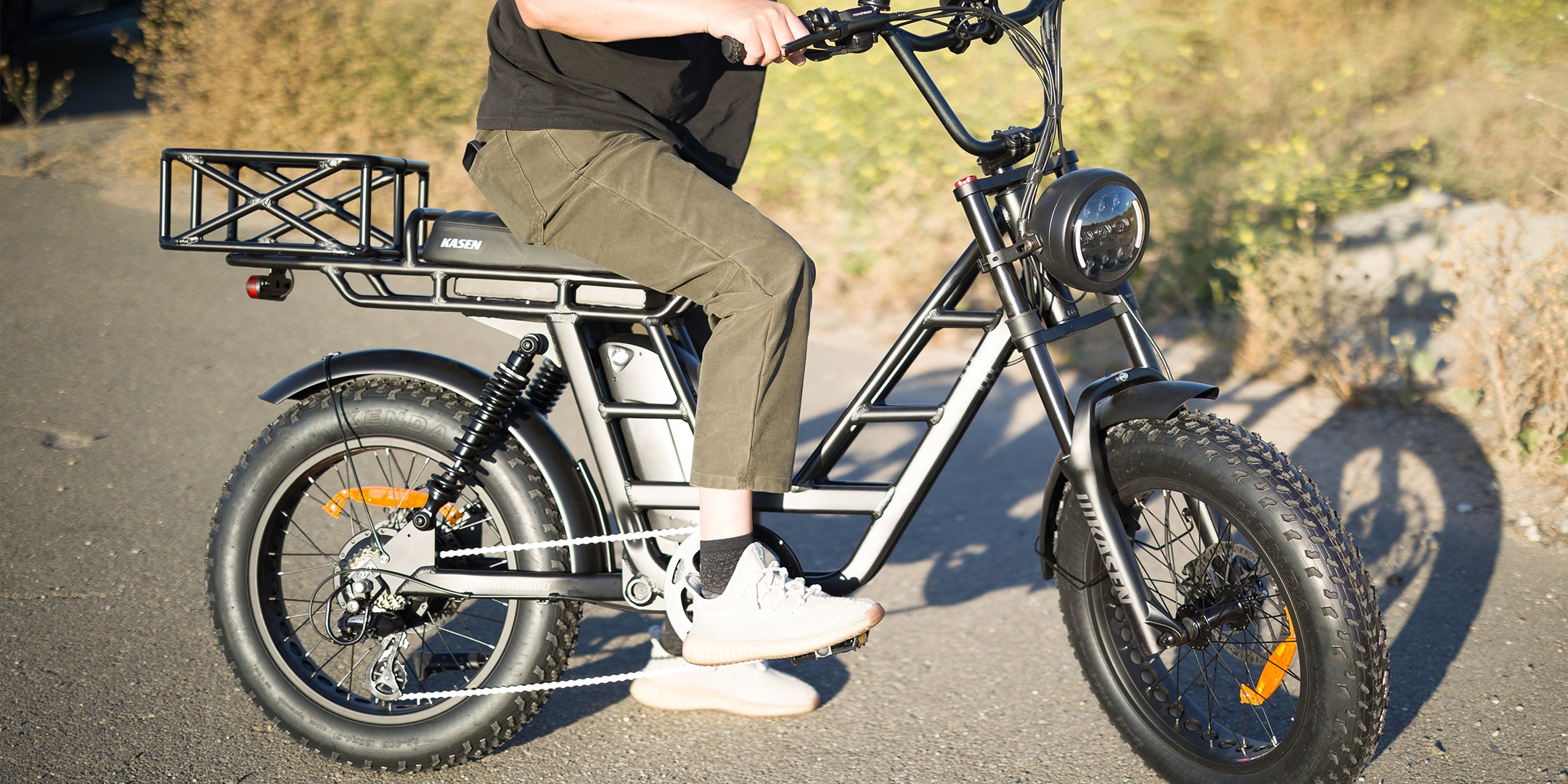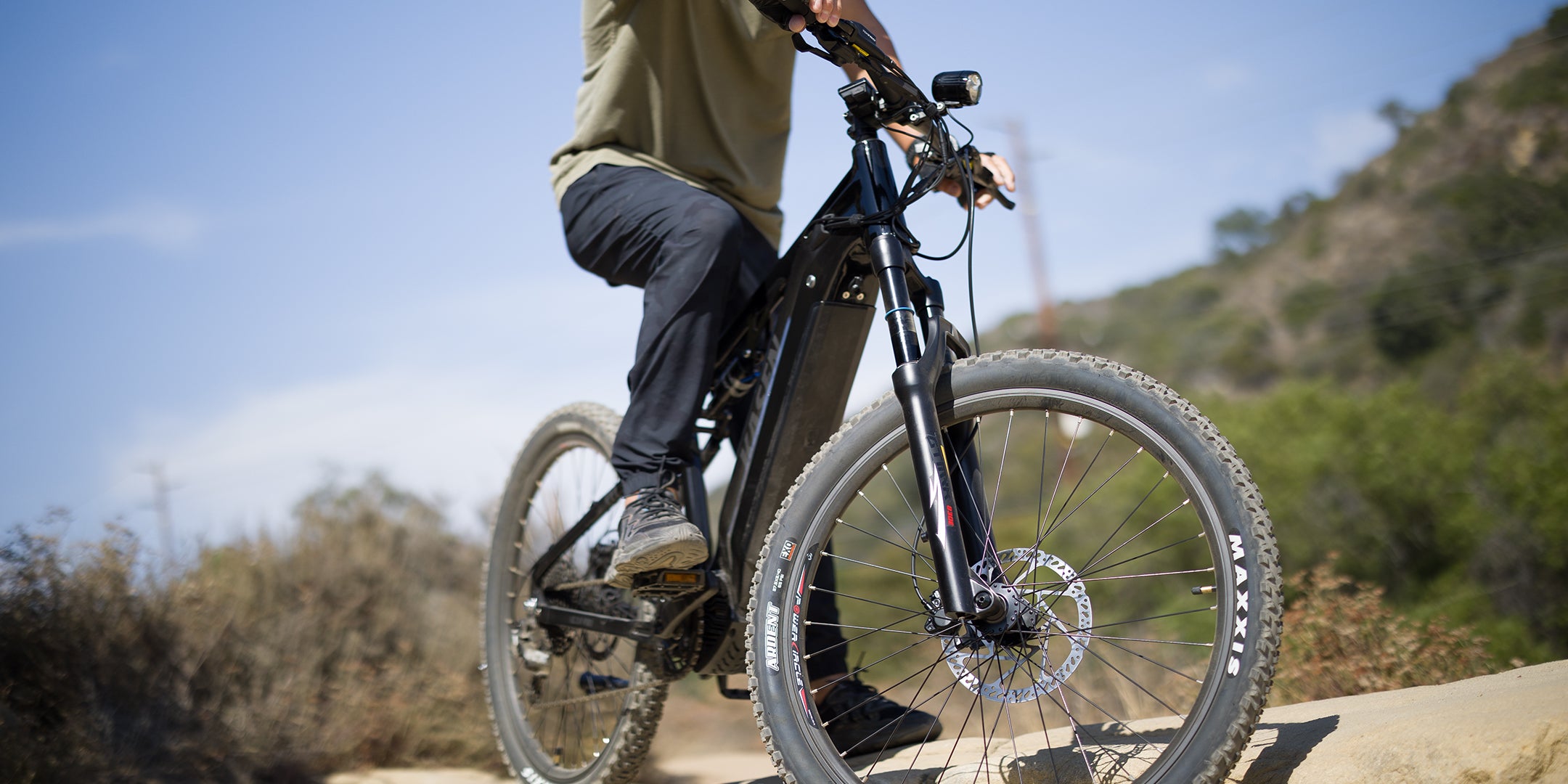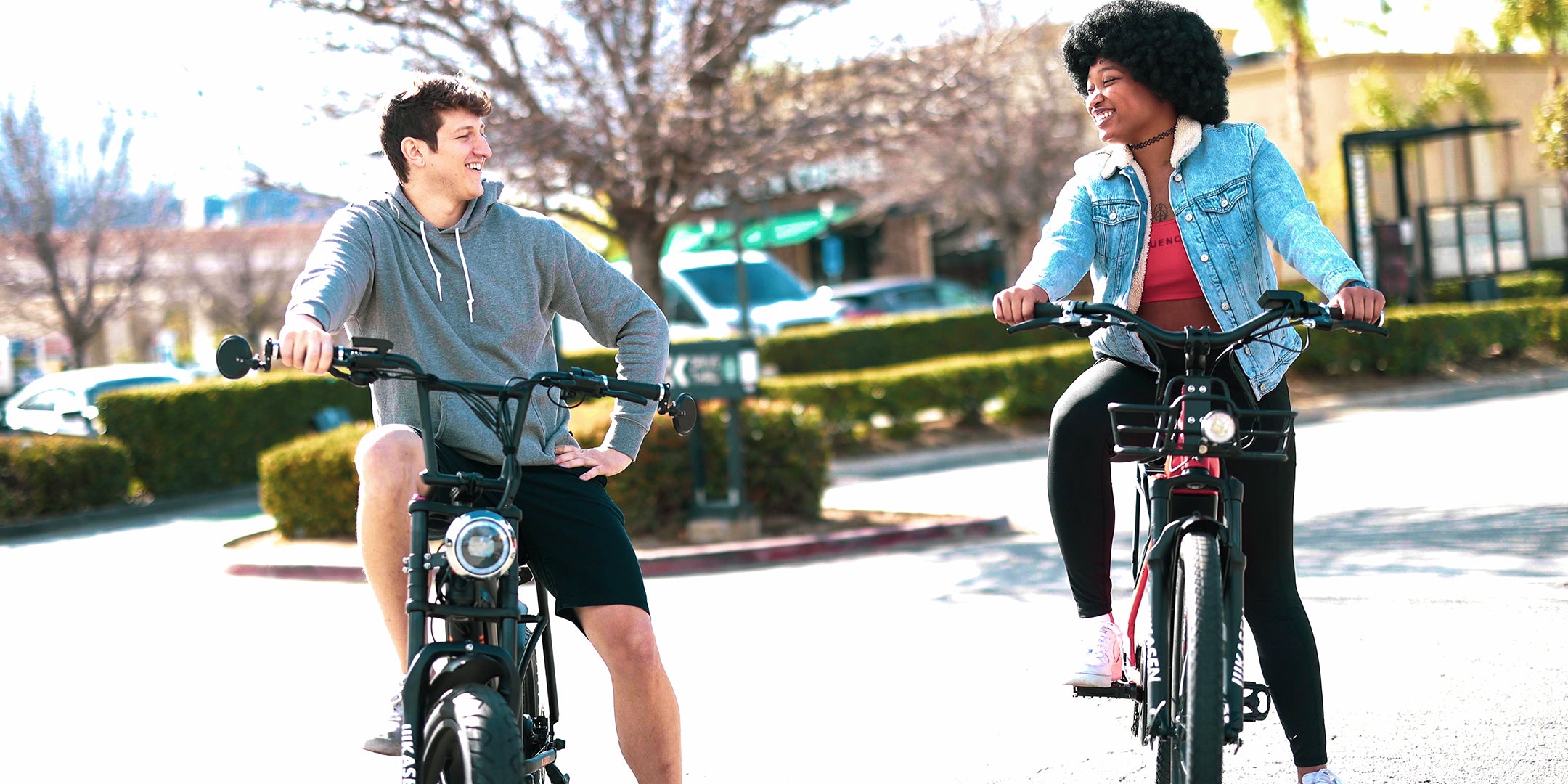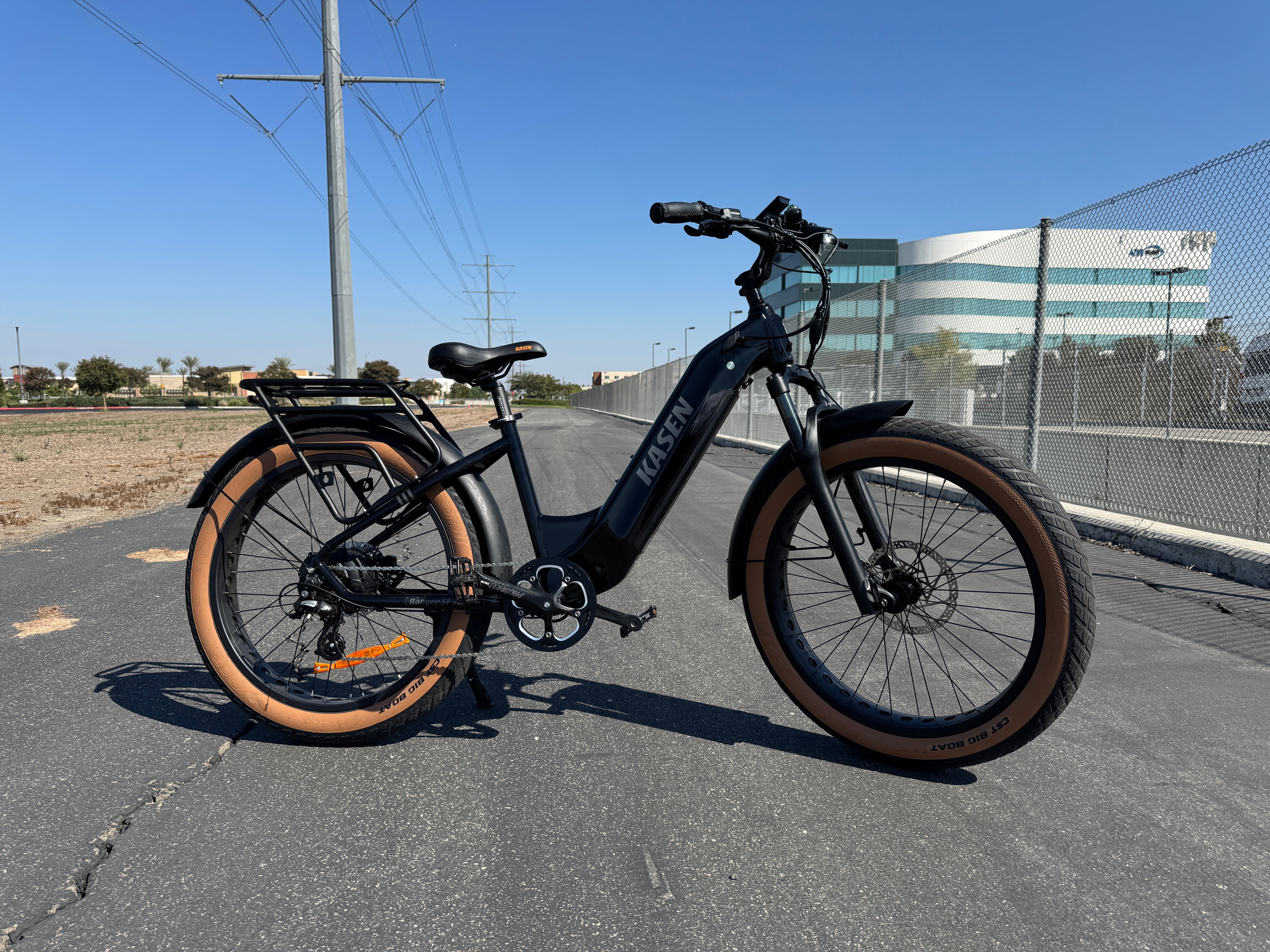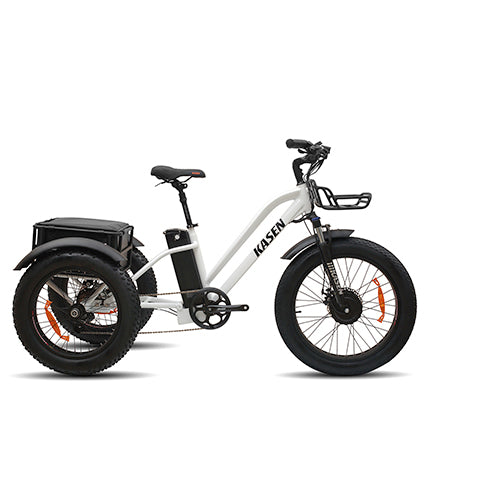eBike Regulations
-
eBike Registration
- In conformance with legislation adopted by the U.S. Congress defining this category of electric-power bicycle (15 U.S.C. 2085(b)), CPSC rules stipulate that low speed electric bicycles (to include two- and three-wheel vehicles) are exempt from classification as motor vehicles providing they have fully operable pedals, an electric motor of less than 750W (1 hp), and a top motor-powered speed of less than 20 miles per hour (32 km/h) when operated by a rider weighing 170 pounds. An electric bike remaining within these specifications is subject to the CPSC consumer product regulations for a bicycle. Commercially manufactured e-bikes exceeding these power and speed limits are regulated by the federal DOT and NHTSA as motor vehicles, and must meet additional safety requirements. The legislation enacting this amendment to the CPSC is also known as HR 727. The text of HR 727 includes the statement: "This section shall supersede any State law or requirement with respect to low-speed electric bicycles to the extent that such State law or requirement is more stringent than the Federal law or requirements." (Note that this refers to consumer product regulations enacted under the Consumer Product Safety Act. Preemption of more stringent state consumer product regulations does not limit State authority to regulate the use of electric bicycles, or bicycles in general, under state vehicle codes.)
-
eBike Laws
- The laws for eBikes on public roads, sidewalks, and pathways vary from state to state and are constantly changing. For the most accurate laws in your area stay up to date with eBike legislation in your community.
- eBikes are still relatively new to many in the United States and laws regarding them aren't very widely known. Although there are some differences, a good rule of thumb is to follow normal bicycle laws in your area and look up any differences there might be.
-
eBike's in California
- The current regulations define an "electric bicycle", a bicycle equipped with fully operable pedals and an electric motor of less than 750 watts, separated into three classes:
A "class 1 electric bicycle," or "low-speed pedal-assisted electric bicycle," is a bicycle equipped with a motor that provides assistance only when the rider is pedaling, and that ceases to provide assistance when the bicycle reaches the speed of 20 miles per hour. A "class 2 electric bicycle," or "low-speed throttle-assisted electric bicycle," is a bicycle equipped with a motor that may be used exclusively to propel the bicycle, and that is not capable of providing assistance when the bicycle reaches the speed of 20 miles per hour. A "class 3 electric bicycle," or "speed pedal-assisted electric bicycle," is a bicycle equipped with a motor that provides assistance only when the rider is pedaling, (no throttle) and that ceases to provide assistance when the bicycle reaches the speed of 28 miles per hour, and equipped with a speedometer. Local government ordinances are allowed to permit or ban any class of electric bicycles on dedicated bicycle paths and trails, with Class 1 & 2 permitted, and Class 3 banned, by default.




